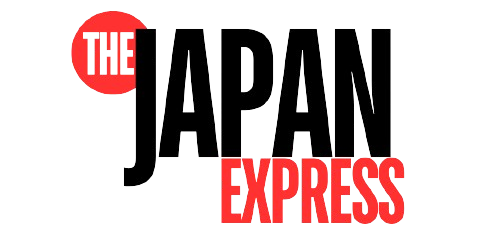Nepal is a small, landlocked country in South Asia, located between India and China. It is a developing nation with a population of around 28 million people. In recent years, Nepal has made significant progress in its economic and social development, and the country has set an ambitious goal of becoming a middle-income country by 2030. To achieve this goal, Nepal needs to invest more than $1 billion annually on infrastructure development.
Nepal’s government has identified four key areas for investment: energy, transport, urban development, and agriculture. In the energy sector, Nepal plans to increase its electricity generation capacity from the current level of 1,400 megawatts to 10,000 megawatts by 2030. This will require significant investment in hydropower, solar, and wind energy projects. In the transport sector, Nepal is looking to build new roads, railways, and airports to improve connectivity within the country and with its neighbors.
In the urban development sector, Nepal plans to upgrade its existing cities and build new ones. This will involve improving urban infrastructure, such as water and sanitation systems, and providing better housing and transportation options. In the agriculture sector, Nepal is looking to improve its agricultural productivity and increase its exports. This will involve investing in modern farming techniques, irrigation systems, and storage facilities.
Nepal also plans to invest in education and health care to improve the quality of life of its citizens. The government has set a goal of providing universal access to primary education by 2030. In the health care sector, Nepal is looking to increase access to quality health care services and reduce maternal and child mortality rates.
Nepal is also looking to promote its tourism industry. The country has some of the most beautiful landscapes in the world, and it is home to eight of the world’s highest mountains. Nepal is looking to develop its tourism infrastructure, such as hotels, restaurants, and transportation networks, to attract more tourists.
In order to achieve its goal of becoming a middle-income country by 2030, Nepal needs to make significant investments in infrastructure and human capital. The government has identified key areas for investment, and it is working to create an enabling environment for private sector investment. With the right policies and investments, Nepal can achieve its goal of becoming a middle-income country by 2030.



